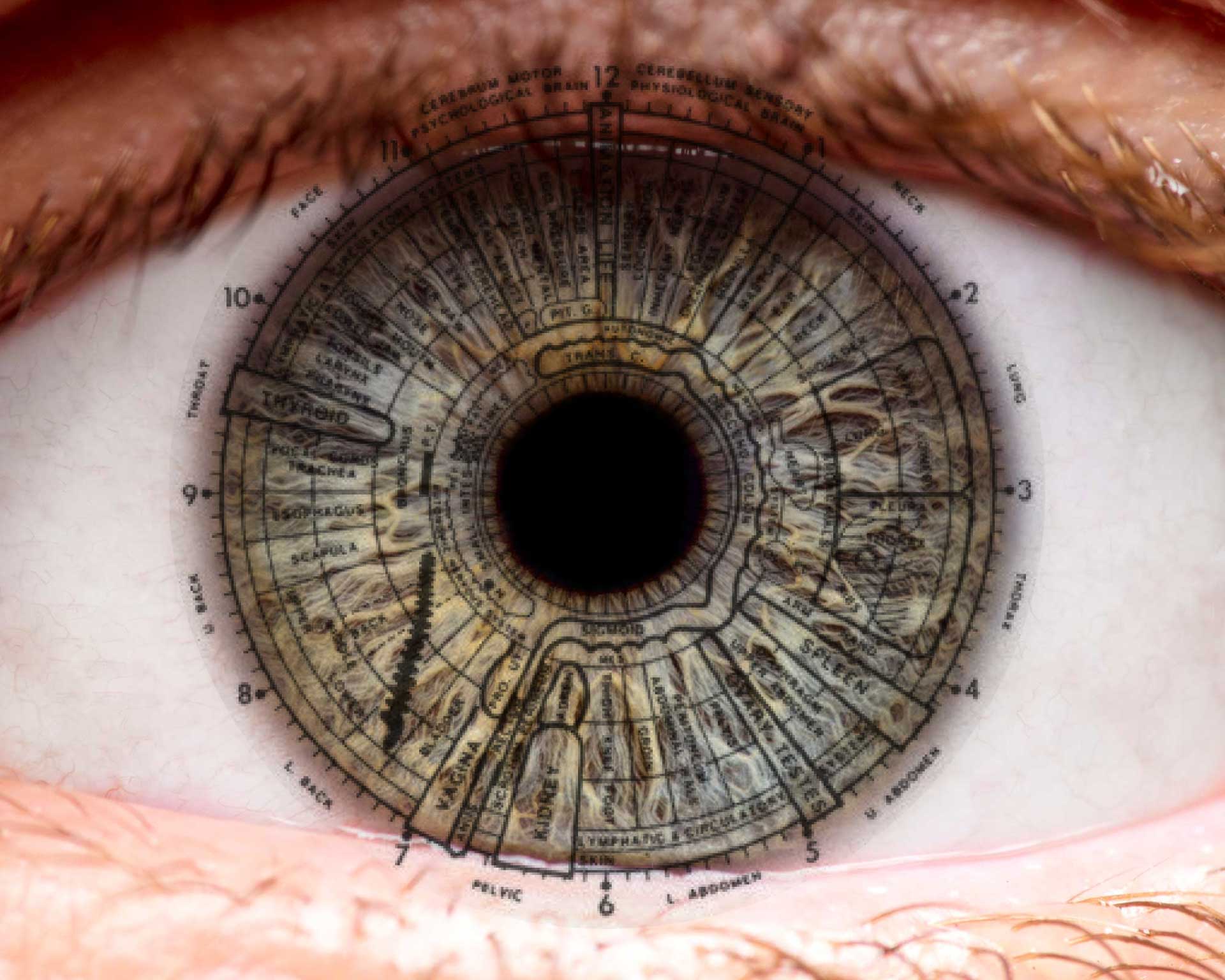
What is Iridology? Iridology is the study of the iris, the colored part of the eye, to determine information about a person's health. Practitioners believe that patterns, colors, and other characteristics of the iris can reveal information about systemic health. Is it scientifically proven? No, iridology lacks scientific validation and is considered a pseudoscience by the medical community. Why is it popular? Despite the lack of scientific backing, many people find it intriguing and use it as a complementary approach to health. What can you learn from it? Iridologists claim to detect potential health issues, organ weaknesses, and overall wellness. Should you try it? It's a personal choice, but always consult a healthcare professional for medical advice.
Key Takeaways:
- Iridology is the study of the iris to determine a person's health. It uses charts and tools to identify potential health issues, but it's considered a form of alternative medicine with limited scientific evidence.
- Despite controversies, some find value in iridology as a non-invasive way to assess health and identify potential issues early. It may encourage a proactive approach to health and complement conventional medicine.
What is Iridology?
Iridology is the study of the iris, the colored part of the eye, to determine information about a person's health. Practitioners believe that different areas of the iris correspond to different organs and systems in the body.
- Iridology has roots in ancient Egypt and China.
- The modern practice began in the 19th century with Hungarian physician Ignaz von Peczely.
- Iridologists use charts that map the iris to various body parts.
- They believe that changes in the iris reflect changes in the body's health.
- Iridology is considered a form of alternative medicine.
How Iridology Works
Iridologists examine the iris using tools like magnifying glasses and cameras. They look for patterns, colors, and other characteristics that might indicate health issues.
- Iridologists often use a slit-lamp microscope for detailed examination.
- They may also take photographs of the iris for further analysis.
- The iris is divided into zones that correspond to different body parts.
- Iridologists look for signs like rings, spots, and discolorations.
- They believe that these signs can indicate issues like inflammation or toxicity.
Common Beliefs in Iridology
Iridologists hold several core beliefs about how the iris reflects overall health. These beliefs guide their practice and interpretation of iris signs.
- They believe that the iris can show inherited health tendencies.
- Iridologists think that the iris can reveal past illnesses.
- They also believe it can indicate current health issues.
- Some think the iris can show emotional and mental health.
- They believe that changes in the iris can occur before symptoms appear.
Tools and Techniques
Various tools and techniques are used in iridology to examine and interpret the iris. These tools help practitioners make more accurate assessments.
- Iridology charts are essential tools for mapping the iris.
- Cameras with special lenses are used to capture detailed images.
- Computer software can help analyze iris photographs.
- Some iridologists use magnifying glasses for a closer look.
- Slit-lamp microscopes provide a detailed view of the iris.
Criticisms and Controversies
Iridology has faced criticism and controversy, particularly from the medical community. Critics question its scientific validity and effectiveness.
- Many medical professionals consider iridology a pseudoscience.
- There is limited scientific evidence supporting iridology.
- Critics argue that iris changes can be due to normal aging.
- Some believe that iridology can lead to misdiagnosis.
- Despite criticism, iridology has a dedicated following.
Benefits and Uses
Despite controversies, some people find value in iridology. They believe it offers unique insights into their health and well-being.
- Iridology can be a non-invasive way to assess health.
- Some use it as a complementary practice alongside conventional medicine.
- It can help identify potential health issues early.
- Iridology may encourage people to take a proactive approach to health.
- Some find it useful for understanding inherited health tendencies.
Famous Iridologists
Several practitioners have gained recognition for their work in iridology. Their contributions have helped shape the practice and its development.
- Ignaz von Peczely is considered the father of modern iridology.
- Bernard Jensen was a prominent American iridologist.
- Josef Deck developed detailed iridology charts.
- Dorothy Hall was known for her work in Australian iridology.
- John Andrews contributed to modern iridology techniques.
Iridology Around the World
Iridology is practiced in various forms around the world. Different cultures have their own approaches and interpretations.
- In Germany, iridology is known as "Augendiagnostik."
- Chinese medicine incorporates iris analysis in some practices.
- Iridology is popular in parts of Europe and Australia.
- Some South American countries have a growing interest in iridology.
- The practice is less common in mainstream American medicine.
Training and Certification
Becoming an iridologist requires specific training and certification. Various organizations offer programs to educate and certify practitioners.
- The International Iridology Practitioners Association offers certification.
- Some naturopathic schools include iridology in their curriculum.
- Online courses are available for aspiring iridologists.
- Certification programs often include both theory and practical training.
- Continuing education is important for staying updated in the field.
The Fascinating World of Iridology
Iridology offers a unique glimpse into health through the eyes. By examining the iris, practitioners believe they can detect potential health issues and imbalances. While some view it with skepticism, others swear by its insights. Whether you're a believer or a skeptic, there's no denying the intrigue surrounding this practice.
Understanding iridology's principles and history can help you appreciate its place in alternative medicine. From identifying stress levels to uncovering genetic predispositions, iridology provides a different perspective on wellness.
If you're curious, consider consulting a certified iridologist. They can provide a detailed analysis of your iris and offer insights into your health. Remember, though, iridology should complement, not replace, traditional medical advice.
Dive into the world of iridology and see what your eyes might reveal about your health journey.
Frequently Asked Questions
Was this page helpful?
Our commitment to delivering trustworthy and engaging content is at the heart of what we do. Each fact on our site is contributed by real users like you, bringing a wealth of diverse insights and information. To ensure the highest standards of accuracy and reliability, our dedicated editors meticulously review each submission. This process guarantees that the facts we share are not only fascinating but also credible. Trust in our commitment to quality and authenticity as you explore and learn with us.


